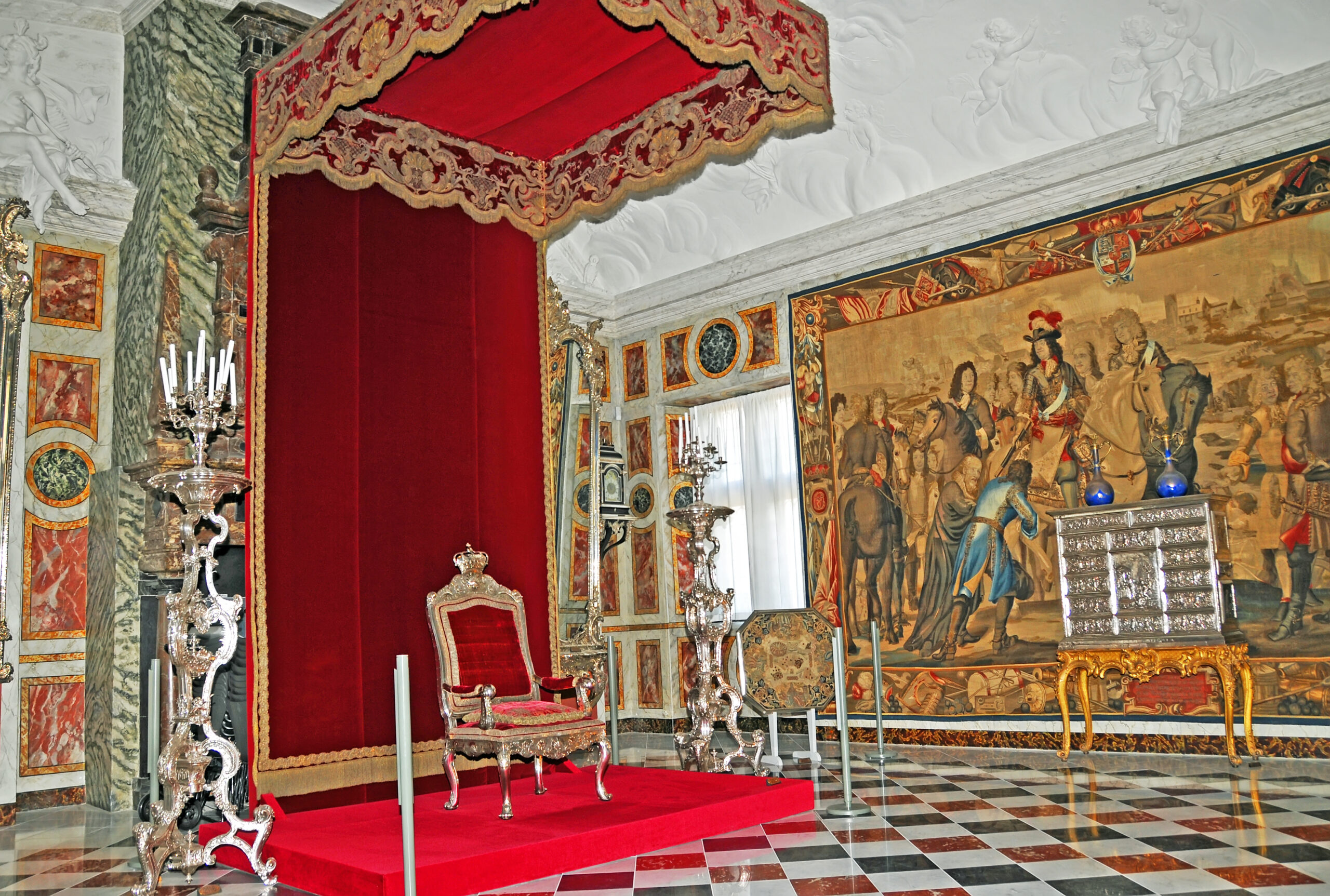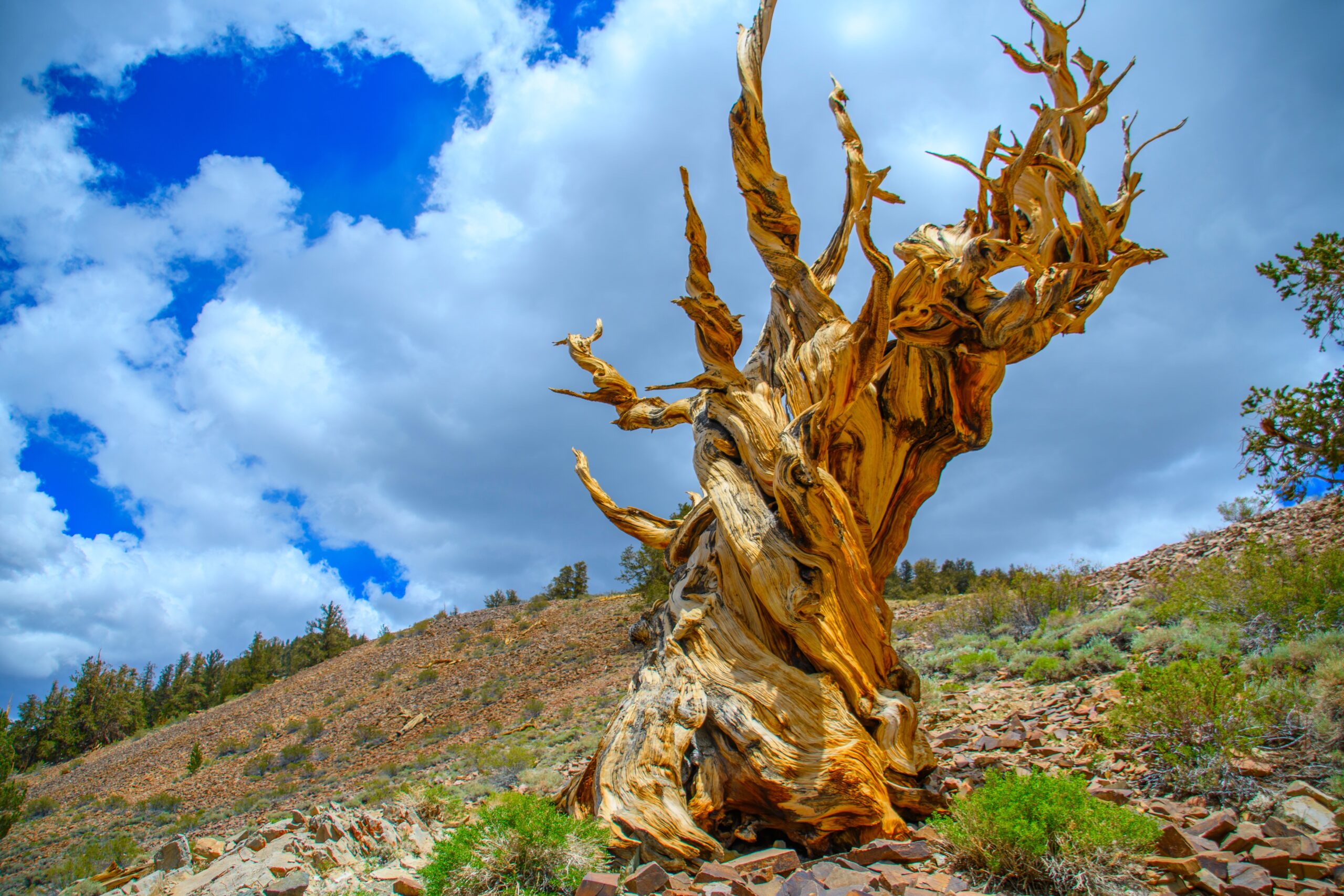Throughout aviation history, certain aircraft have left an indelible mark on the way we fly. These historic airplanes not only achieved groundbreaking technological feats but also transformed the dynamics of air combat and transportation. From the Wright Flyer’s first powered flight to the sleek Spitfire’s role in World War II, each of these revolutionary aircraft has played a crucial role in shaping modern aviation. This article explores 15 of these iconic planes, highlighting their unique contributions and lasting impact on the aviation industry.
Wright Flyer (1903)
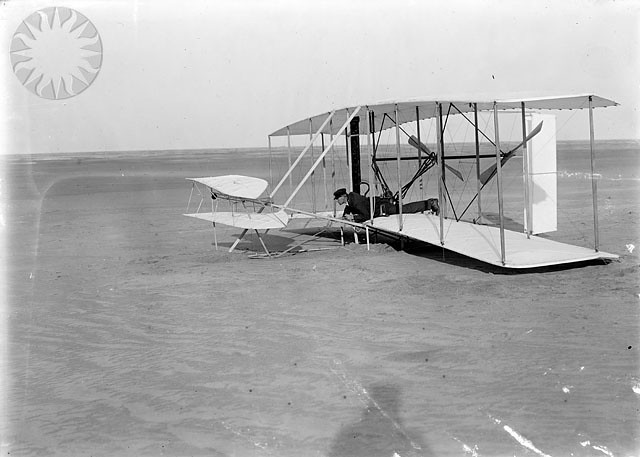
The Wright Flyer, designed by Orville and Wilbur Wright, made history on December 17, 1903, as the first successful powered aircraft. This biplane, with its 40-foot wingspan, flew for just 12 seconds but proved that controlled, sustained flight was possible. Its pioneering design featured a unique wing-warping system for control, which set the stage for future aircraft development. The Flyer’s 12-horsepower engine and basic yet groundbreaking technology marked a turning point in aviation history. Its historic first flight remains a symbol of human ingenuity and perseverance.
Sopwith Camel (1917)
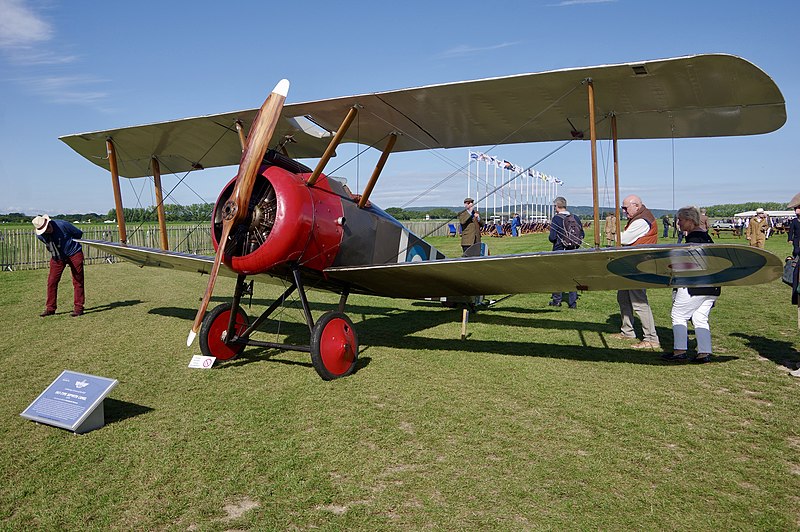
The Sopwith Camel, a British fighter aircraft from World War I, is renowned for its role in aerial combat. With its distinctive humpbacked fuselage and rotary engine, the Camel excelled in dogfights due to its agility and firepower. It was equipped with twin Vickers machine guns, giving it a significant advantage over enemy planes. The Camel’s design and performance made it one of the most effective fighters of the Great War. Its legacy continues to influence fighter aircraft design to this day.
Supermarine Spitfire (1938)
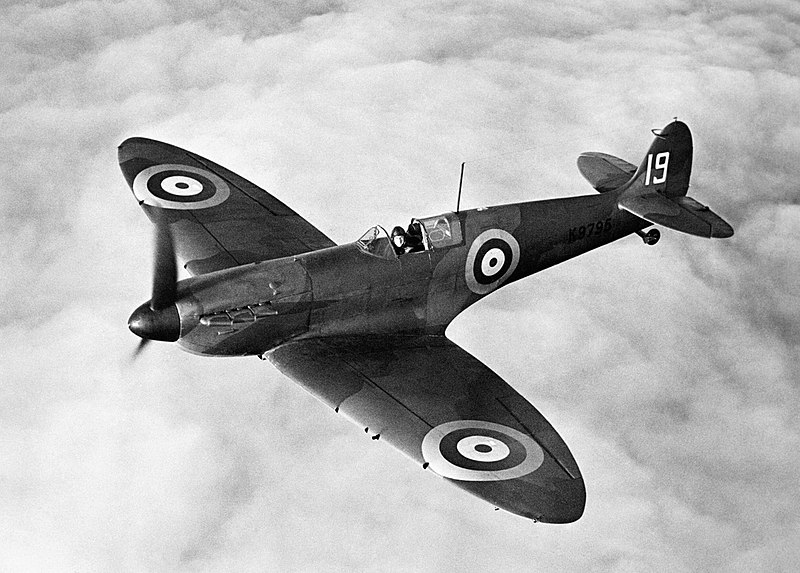
The Supermarine Spitfire is celebrated for its role in the Battle of Britain during World War II. Its elliptical wing design provided superior maneuverability and speed, making it a formidable opponent in air combat. Powered by a Rolls-Royce Merlin engine, the Spitfire combined impressive performance with elegant aesthetics. The aircraft’s resilience and effectiveness were pivotal in defending the UK from aerial attacks. The Spitfire’s iconic status endures as a symbol of British wartime bravery.
Boeing B-17 Flying Fortress (1938)
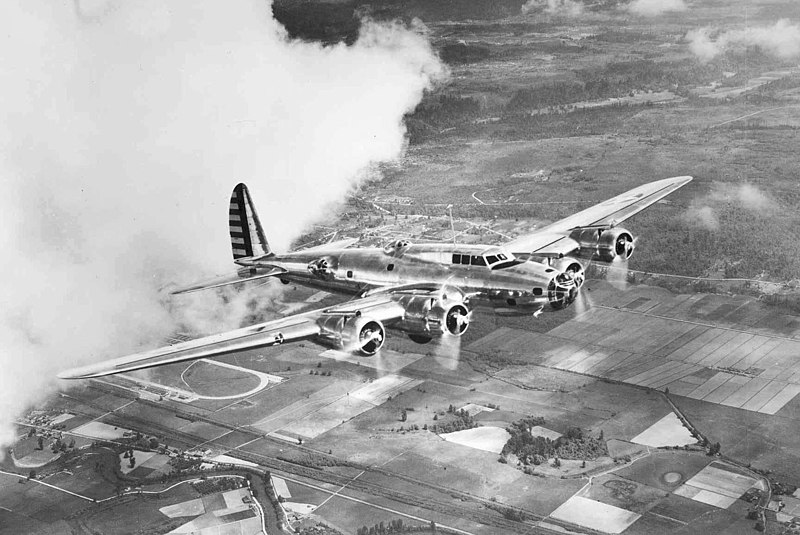
The Boeing B-17 Flying Fortress revolutionized strategic bombing during World War II. Its robust design featured four powerful engines and extensive armor, enabling it to sustain heavy damage and continue flying. Equipped with multiple machine gun positions, the B-17 offered significant defensive capabilities. The Flying Fortress became a key asset in the Allied bombing campaigns over Europe. Its contributions to aerial warfare reshaped military strategy and aircraft design.
North American P-51 Mustang (1940)
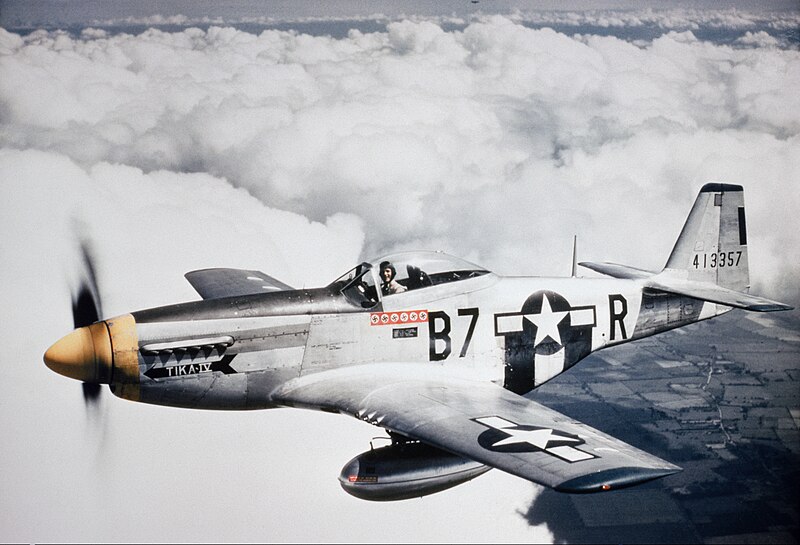
The North American P-51 Mustang is renowned for its exceptional performance in World War II. With a sleek design and a powerful Packard-built Merlin engine, it achieved impressive speeds and range. The Mustang’s long-range capability allowed it to escort bombers deep into enemy territory, significantly reducing losses. Its superior speed and agility made it a formidable adversary against the Luftwaffe. The P-51’s role in the Allied victory underscores its revolutionary impact on aviation.
Lockheed SR-71 Blackbird (1966)

The Lockheed SR-71 Blackbird stands as a marvel of high-speed, high-altitude reconnaissance technology. Designed for stealth and speed, it could reach Mach 3 and operate at altitudes above 85,000 feet, evading enemy missiles and interceptors. Its advanced materials and design allowed it to endure the extreme heat generated by its velocity. The Blackbird’s ability to gather intelligence from the edge of space greatly enhanced its strategic value. It remains one of the fastest aircraft ever built.
Concorde (1969)

The Concorde revolutionized air travel with its supersonic capabilities, cruising at over twice the speed of sound. This iconic aircraft could fly from New York to London in under 3.5 hours, a feat unattainable by subsonic jets. Its sleek, delta-wing design and afterburning engines allowed for efficient supersonic flight. Despite its technological achievements, operational costs and environmental concerns eventually led to its retirement. The Concorde’s legacy endures as a symbol of the ambition and innovation in aviation.
Douglas DC-3 (1935)
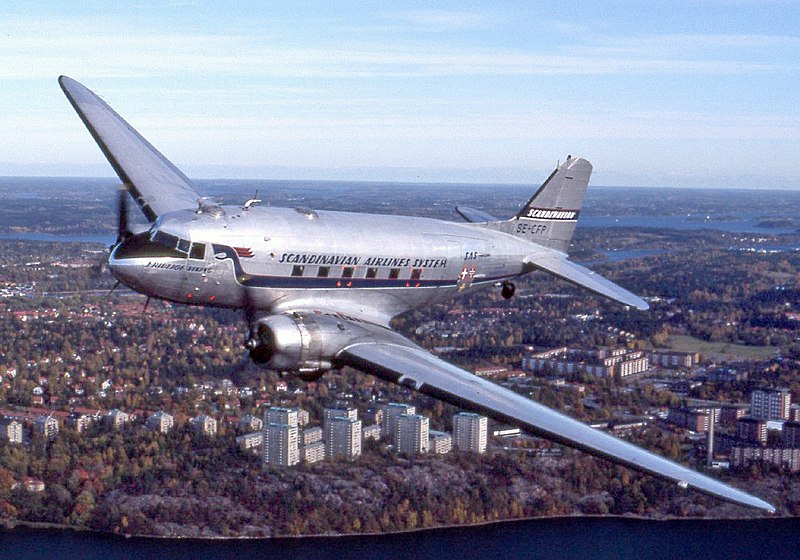
The Douglas DC-3 transformed air travel by introducing the concept of passenger airlines on a large scale. Its reliable performance and spacious cabin made it the first aircraft to be profitable for commercial airlines. With a range of over 1,500 miles, it connected cities and continents, fostering global travel. The DC-3’s robust design and versatility also saw it used extensively in military roles during World War II. Its influence on modern air travel and design remains profound.
Boeing 747 (1968)

The Boeing 747, known as the “Jumbo Jet,” revolutionized commercial aviation with its large, wide-body design. It was the first aircraft to offer a truly global reach, making long-haul flights accessible to the masses. The 747’s distinctive hump provided extra seating and cargo capacity, setting new standards for passenger comfort. Its introduction made air travel more affordable and efficient, reshaping the aviation industry. The 747’s impact on global connectivity and air travel is unparalleled.
Fokker Dr.I (1917)
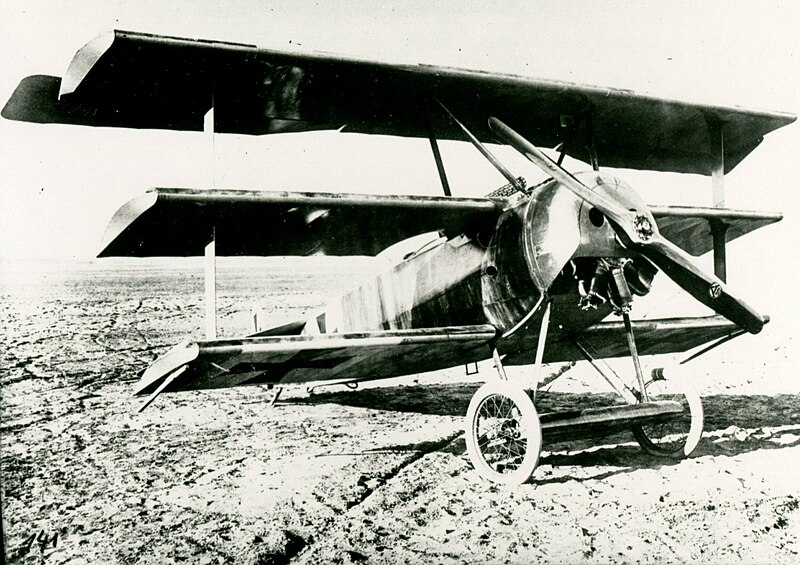
The Fokker Dr.I, famously associated with the Red Baron, was a German triplane that made a significant impact in World War I air combat. Its three-wing design provided exceptional maneuverability and climb rate, making it a fearsome opponent in dogfights. Although it was slower compared to some contemporaries, its agility allowed pilots to outmaneuver enemies effectively. The Dr.I’s distinctive appearance and its association with the legendary Manfred von Richthofen cemented its place in aviation history. Its design influenced future aircraft with its emphasis on control and agility.
Hawker Hurricane (1937)
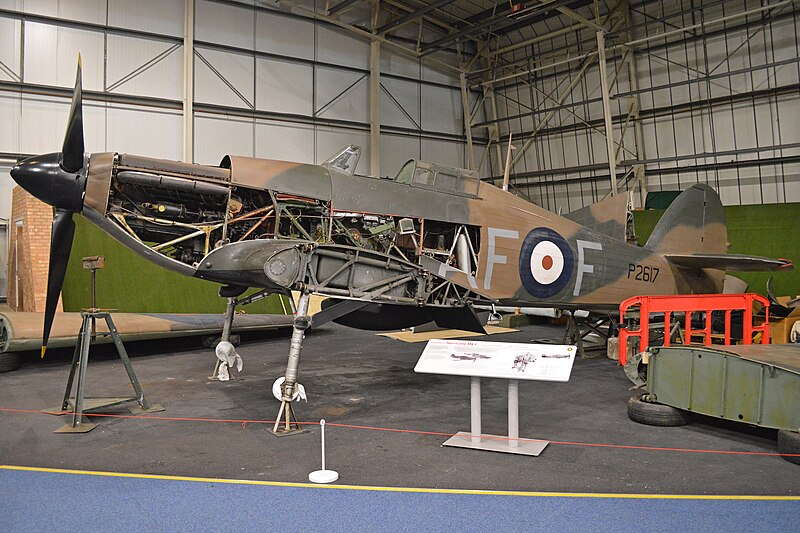
The Hawker Hurricane was a crucial component of the Royal Air Force’s defense during the Battle of Britain. Unlike its more famous counterpart, the Spitfire, the Hurricane was built with a robust design and was easier to mass-produce. It featured a powerful Rolls-Royce Merlin engine and a sturdy airframe, making it effective against enemy aircraft. The Hurricane’s ability to endure damage and remain operational made it a dependable fighter. Its contribution to the defense of Britain marked a key moment in aviation history.
Messerschmitt Bf 109 (1937)
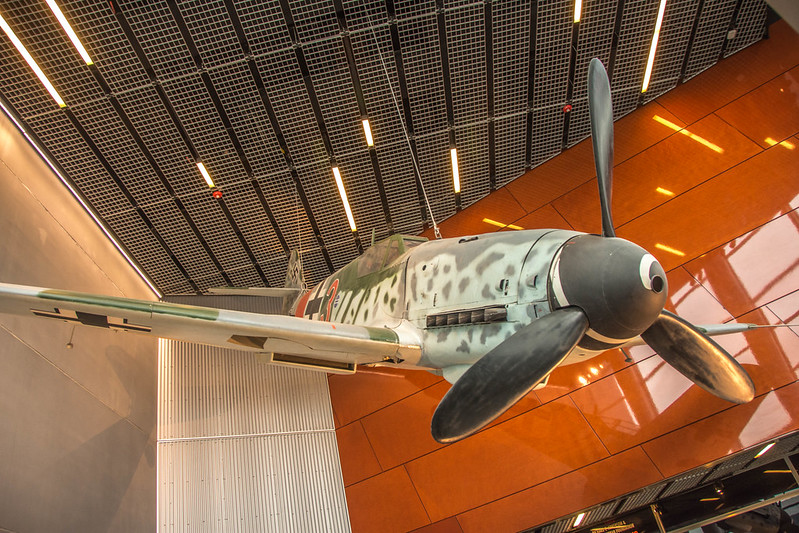
The Messerschmitt Bf 109 was a dominant German fighter aircraft during World War II. It was highly versatile, serving in various roles from air superiority to ground attack. The Bf 109’s innovative design included a retractable landing gear and an enclosed cockpit, which were advanced for its time. Its powerful Daimler-Benz engine and advanced armament made it a formidable adversary. The Bf 109’s performance and adaptability significantly influenced aircraft design during and after the war.
Boeing B-29 Superfortress (1942)
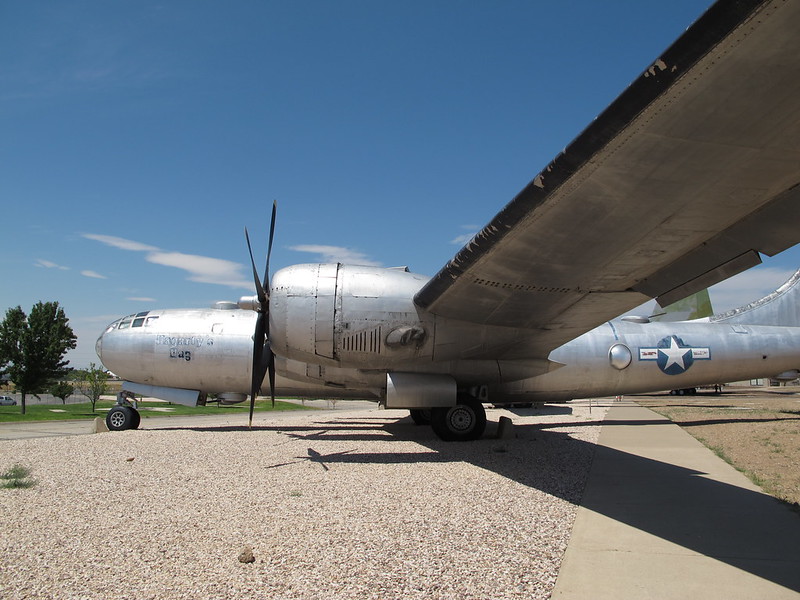
The Boeing B-29 Superfortress was a revolutionary heavy bomber with advanced technology and capabilities. Its pressurized cabin allowed for high-altitude operations, and its four engines provided significant power and range. The B-29 was the first bomber to carry the atomic bombs used in Hiroshima and Nagasaki, making it pivotal in the conclusion of World War II. Its innovations in aircraft design set new standards for future bombers. The B-29’s contributions to both military and aviation technology are historically significant.
McDonnell Douglas F-15 Eagle (1972)
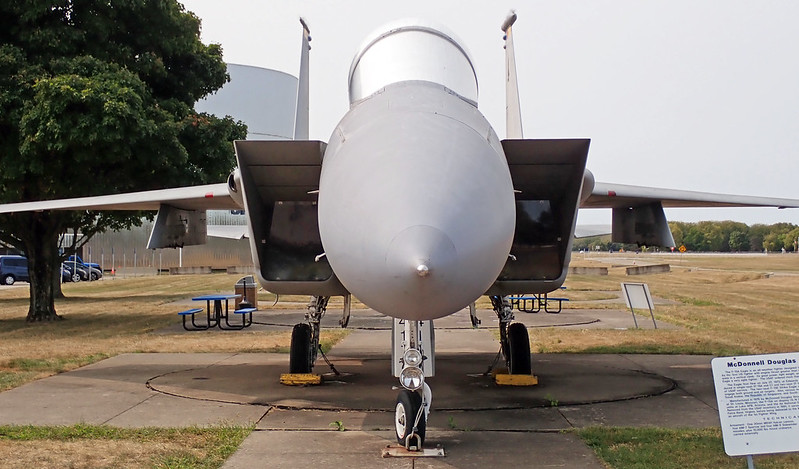
The McDonnell Douglas F-15 Eagle set new standards for air superiority with its high speed, agility, and advanced avionics. Designed primarily as a tactical fighter, it incorporated cutting-edge technology such as fly-by-wire controls and advanced radar systems. The F-15’s twin-engine design and powerful performance made it highly effective in air-to-air combat. Its service record includes numerous victories and a reputation for reliability. The F-15’s role in modern air combat continues to influence fighter aircraft design.
Lockheed P-38 Lightning (1939)
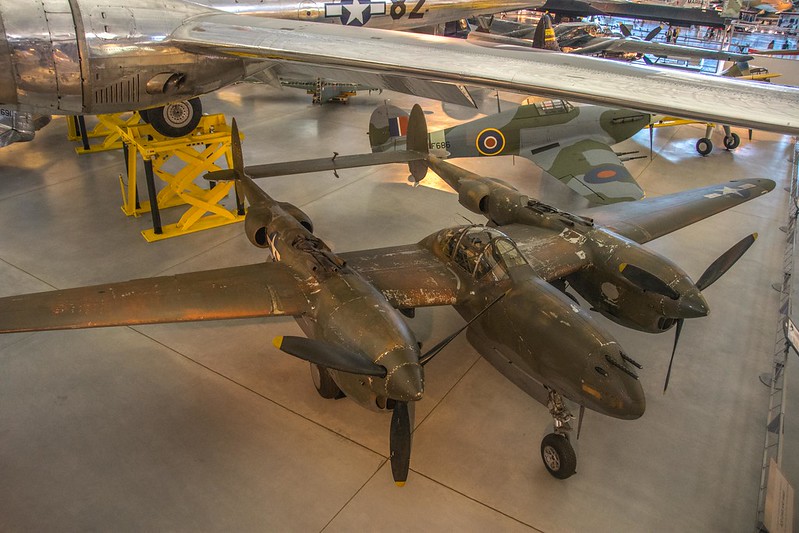
The Lockheed P-38 Lightning was an innovative American fighter aircraft with its distinctive twin-boom design. Its design featured two engines and a central nacelle, which contributed to its stability and performance. The P-38 was known for its long range, allowing it to perform various roles, including escort and ground attack missions. Its versatility and effective performance in both European and Pacific theaters marked it as a key asset in World War II. The Lightning’s unique design and capabilities made it a standout aircraft of its era.
This article originally appeared on Rarest.org.
More From Rarest.Org
Royal treasures have always fascinated the world, representing both immense wealth and deep historical significance. These artifacts, ranging from precious jewels to royal regalia, offer a glimpse into the lives and legacies of past monarchs. Read more.
Unique ecosystems flourish around the world, sustained by rare and fascinating plant life. These environments often adapt to extreme conditions, creating a delicate balance that supports life in unexpected ways. Read more.
When it comes to achieving a restful night’s sleep, the quality of your bed linens can make all the difference. Luxury linens not only elevate the look of your bedroom but also redefine your comfort. Read more.

